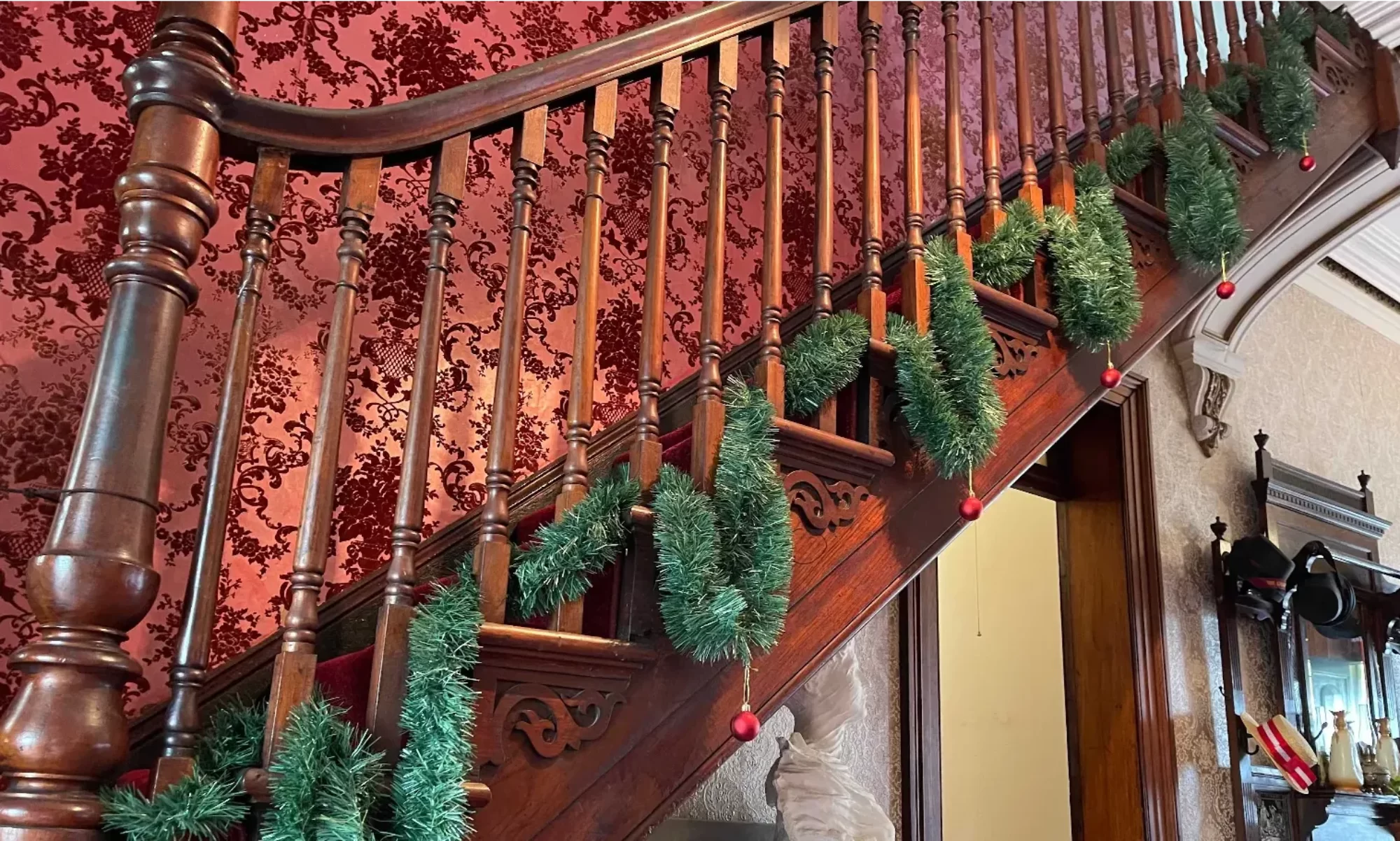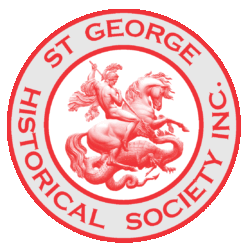by B. J. Madden – Kingsgrove In the short space of 70 years, the world of the Aboriginal tribes of the Sydney region, which had remained unchanged since the Dreamtime, became a living nightmare. The land which had been theirs alone for so long was suddenly and irretrievably lost to the fair-skinned newcomers of the …
Continue reading “The Aboriginal Tribes of the Sydney Region”

